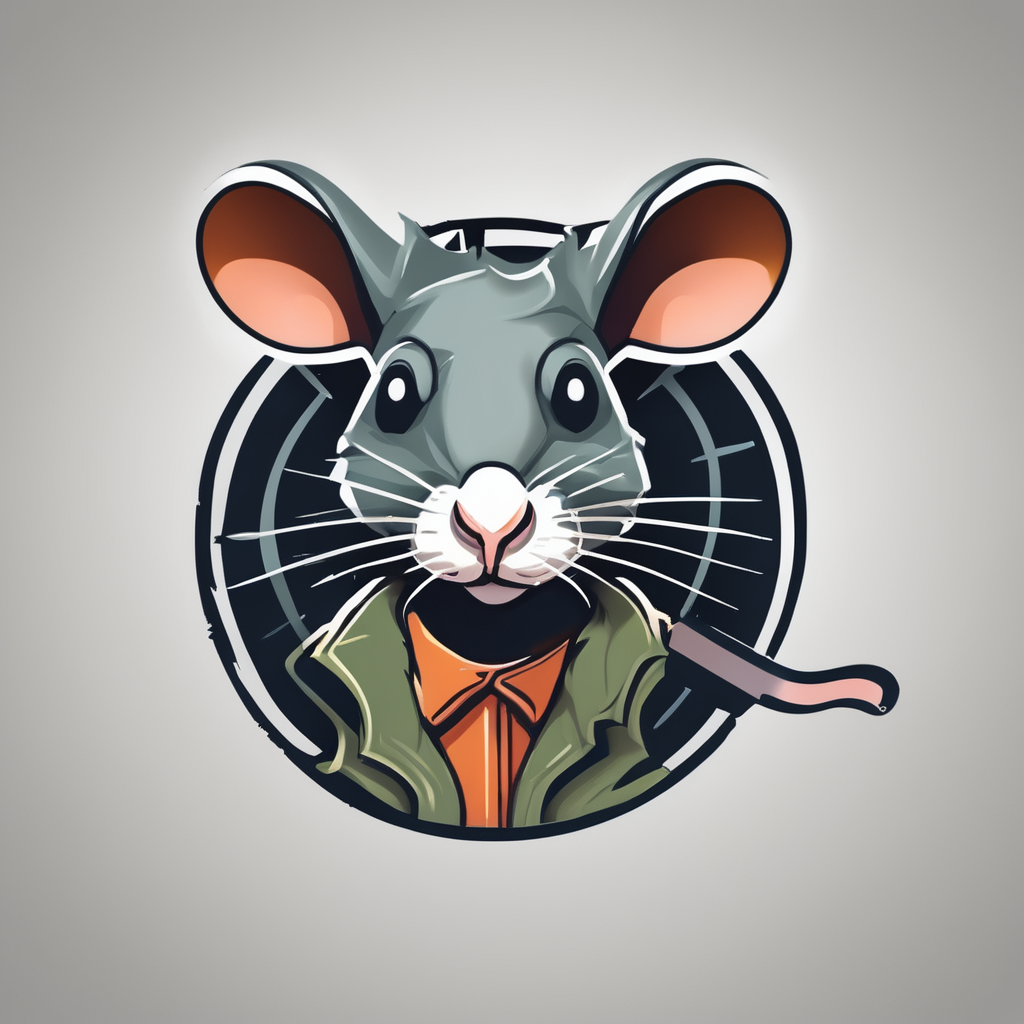Understanding Canine Grief
Canine grief is a real and complex emotional state that many Flat-Coated Retrievers may experience, particularly after the loss of a companion or a significant change in routine. Recognizing signs of grief in dogs is crucial for providing the necessary support and care.
Signs of Grief in Dogs
During periods of emotional distress, a Flat-Coated Retriever might exhibit various behaviors indicative of grief. Commonly, these could include reduced appetite, increased lethargy, and a withdrawal from social interactions. Some dogs may vocalize more frequently, showing signs of confusion or searching behavior as they seek the company of their lost friend.
Also to discover : Protégez vos Bouledogues Français de l’Insolation : Astuces Essentielles pour les Brachycéphales
Emotional Changes in Grieving Dogs
Grieving dogs often display noticeable emotional changes. They might become easily startled, display restlessness, or appear more clingy and seeking comfort than usual. In some instances, dogs may show signs of anxiety or depression, demonstrating changes in their normal joyful demeanor.
Understanding these behaviors can help guide owners in offering the appropriate support. As empathetic companions, dogs experiencing grief need patience and emotional reassurance to navigate through their difficult times. By being attentive to their needs, owners can help their pets heal and adjust to life’s changes.
Also to discover : Recognizing Early Seizure Signs in Epileptic Border Collies: Essential Advice for Pet Owners
Techniques for Emotional Healing
Understanding canine grief unlocks pathways toward emotional recovery for Flat-Coated Retrievers. Applying effective coping strategies for dogs becomes essential for their well-being.
Establishing a Routine
Routine plays a pivotal role in ensuring emotional stability. Dogs thrive on predictability, so maintaining a consistent schedule reassures them amidst emotional turmoil. Implement daily rituals, like regular meal times, and walks, to cement a structure. These activities ground their days and help alleviate confusion.
Providing Emotional Support
During periods of emotional distress in pets, active companionship proves invaluable. Engage your grieving pet in interactive activities. Gentle play and affectionate touch strengthen the emotional bond, providing comfort. Prioritize positive interactions, making sure the time together is enriching and reassuring.
Encouraging Healthy Outlets
Physical exercise serves as a release valve for emotional tension. Encourage your dog to participate in fun activities like tug-of-war or exploring new surroundings. These outlets redirect grief energy, fostering rejuvenation. Introducing games or stimulating environments sparks interest, aiding emotional recovery.
Creating a blend of routine, support, and physical engagement provides a nurturing space to heal, ensuring Flat-Coated Retrievers navigate through emotional distress with resilience and ease.
Seeking Professional Help
While supporting grieving pets at home, there are times when professional help for grieving dogs becomes necessary. Veterinarian advice can be valuable in identifying if underlying health issues contribute to their emotional distress. Common signs indicating the need for veterinary consultation include prolonged periods of lethargy, persistent appetite changes, and drastic shifts in behavior that do not improve over time. Veterinarians can assess the overall health of the dog and recommend potential treatments or therapies, such as medication for anxiety or depression.
In addition to veterinarians, dog behaviorists play a crucial role in guiding grieving dogs and their owners. These professionals offer targeted support by evaluating the specific needs of a dog and applying tailored interventions. Techniques employed might include behavior modification strategies or anxiety-relief techniques that can significantly aid a dog in distress. Behaviorists may also suggest activities to encourage better socialization with other dogs, providing comforting spaces within the pet’s environment or attending group therapy sessions. These opportunities create a supportive community, helping both the dog and owner navigate the journey of grief with greater ease and understanding.
Creating a Comforting Environment
A comforting space for pets plays a crucial role in helping Flat-Coated Retrievers navigate emotional distress. Providing a soothing environment at home involves more than just a cozy bed; it’s about creating an atmosphere that fosters security and emotional healing. Surround your grieving pet with familiar items such as their favourite toys or blankets. These can act as anchors, easing anxiety by offering a sense of continuity amidst change.
Furthermore, consider the influence of scents and sounds on a dog’s emotional state. Dogs have a highly developed sense of smell, so introducing calming scents like lavender or chamomile may have a soothing effect. Playing soft, calming music or nature sounds can also contribute to a relaxed atmosphere, alleviating stress and promoting a peaceful rest.
Here are a few steps for enhancing pet comfort:
- Incorporate regular, predictable routines to establish familiarity.
- Ensure the environment is gentle on their senses by adjusting lighting to create a serene setting.
- Use dog-friendly environments that allow for safe exploration without overwhelming them.
By tailoring their surroundings, you help create a comforting space aiding in emotional recovery, making them feel secure and cherished.
Personal Stories and Expert Insights
Hearing from others about their canine grief experiences can significantly comfort and guide Flat-Coated Retriever owners facing similar challenges. Take, for instance, Sandra, a devoted dog mum who witnessed her retriever Max’s swift decline into emotional distress following the loss of his sister. She emphasizes that patience was her saving grace, as Max slowly found solace in new daily routines and activities.
Animal behavior experts often stress the importance of consistent dog care techniques during these times. Dr. Emily Clarke, a veterinarian with over a decade of experience, highlights that establishing a predictable structure can be a lifeline for grieving dogs. She advises against sudden changes that might amplify confusion, suggesting instead gradual introductions of comforting scents and sounds to create a soothing atmosphere.
On the recovery front, stories like Tom’s, who successfully integrated his dog into a community group, showcase the healing power of social connections. Such personal anecdotes in pet healing paint a hopeful picture, illustrating that with the right support, dogs do recover over time, even crafting heartwarming bonds anew. These experiences reinforce the value of empathy, highlighting that each journey holds unique lessons in patience and love.
